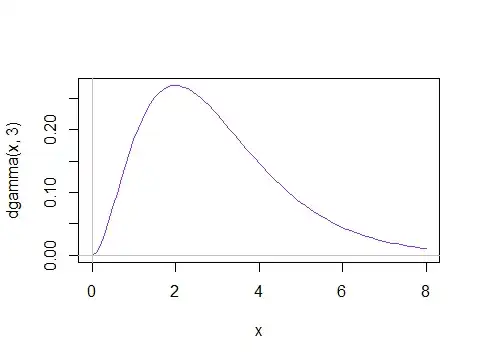I don't have SAS and the dataset with me, so I made up this table (from my memory). Basically this is what I got:

After deciding to leave the variable $age$ and $risk$ in my model, I created this interaction term. According to the yellow table, I suppose I should not drop this term since that would significantly impact my model (if I haven't interpreted it wrong). However, there are several levels within each class. We see that the test statistics of $old*standard$ is insignificant.
Question 1: Does it make sense to drop this particular level of interactions and run regression on the others?
Question 2: If that does make sense (which I doubt), do I create dummy variables on the reference levels as well? How would I interpret the intercept then?